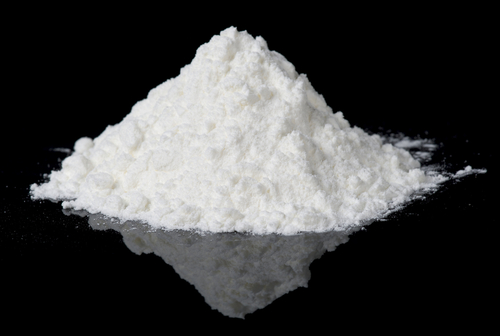
Fine powders usually need to be separated by particle size to confirm uniformity and effectiveness in a mixture or product. However, because many material classification technologies are offered, determining which kind is most fitted for your powder can be challenging. It’s important to require an unbiased look at the various powder classification ways offered to identify the solution which will best suit your powder separation desires.
To select the most appropriate classifying technology, you must first understand your material’s particle size, shape and bulk density. With regard to particle size, simply stating a mesh size for separation is insufficient and leaves too much opportunity for error. As an example, is the mesh market grade, U.S. grade, tensile bolt cloth (TBC), stainless-steel or nylon? To prevent errors, live particle size in microns. A micrometer equals one-thousandth of an mm — too little for the eye to examine. As an example, bacteria might need a particle size around 0.5 micron, measure sand would have a particle size in the tens or many microns. Mesh-to-micron conversion charts are offered on-line, if needed.
Fine powder separation equipment operates by one among 2 mechanisms: mechanical separation or air classification. Mechanical separation uses screens that permit little particles to pass through while holding back and redirecting oversized particles. Air classification uses airflow to separate smaller, lighter particles from larger, heavier particles.
Mechanical separation equipment
Gyratory separators, also called tumblers, use a three-dimensional, circular motion to match the impact of hand sifting. This mild, whirling motion is needed for a few materials with light or delicate particles. As an example, disposable diapers contain superabsorbent polymers that don’t seem to be effective if broken.
Air classification equipment
Air classification is typically used for very fine separation, as it can separate particles smaller than 20 microns. Air classifiers can be divided into two types: those that use a classifying wheel and those that do not. For air classification with a classifying wheel, airflow moves against its centrifugal action from the outside of a classifying chamber toward the center. The classifying wheel spins at a high rate of speed on a vertical axis inside the chamber. The wheel has blades or fins arranged in a ring extended parallel to the wheel’s axis of rotation. As the wheel spins, the airstream flows through the wheel, carrying finer particles to a discharge at the top of the chamber, while coarser particles fall to the bottom of the chamber. One drawback of this method is that running air into a plant is quite costly.
Choosing the best solution
Selecting the best classification technique for your application depends on several factors. Always start by knowing your material, so you’ll be able to identify the classifying challenges you may face, like mesh blinding, issues with organic material, lower throughput rates, high initial investment prices and additional maintenance. Then review the following inquiries to discover the priorities:
- What are the material properties?
- What size do you need to classify?
- What is the allowable yield loss?
- What is the raw material cost?
- What is the feed rate?
- What is your upstream feeding process?
- How many separations do you need?
- How much can you spend?
The answers to these questions, combined with any outside factors that may affect your product will help you make the best, most informed equipment selection to ensure uniformity.
